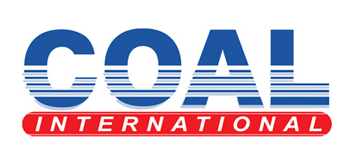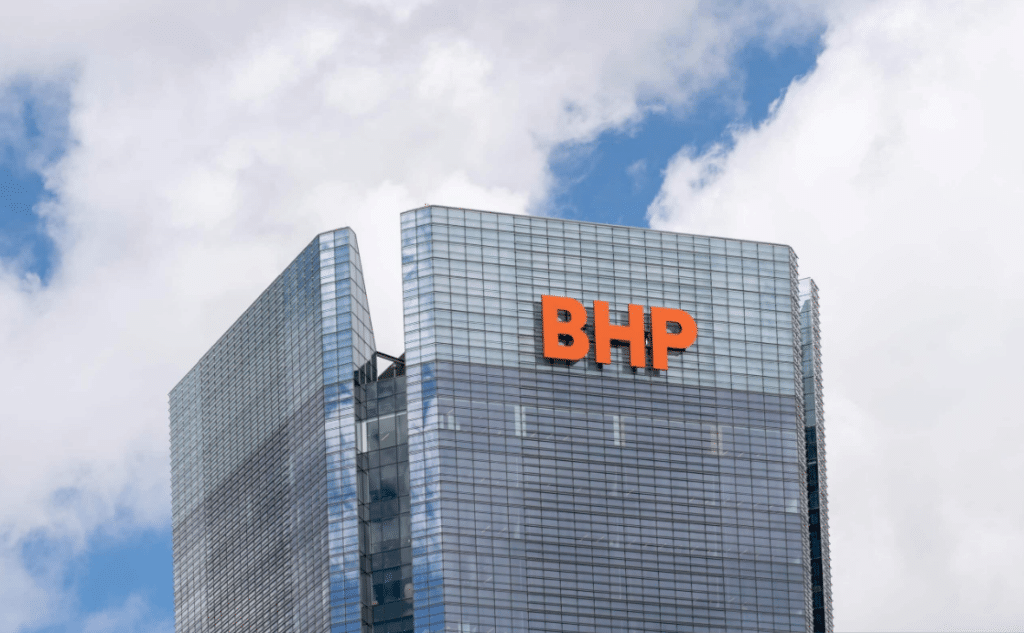BHP Mitsubishi Alliance (BMA) asset president Adam Lancey outlined key innovations the Big Australian is using across its operations as it looks to close the estimated copper supply gap.
Speaking at the 2025 Global Resources Innovation Expo (GRX25) in Brisbane, Lancey said the world’s appetite for copper continues to grow – and BHP is positioning itself to respond.
“According to Boston Consulting Group, a fifth of the minerals the world is expected to need by 2035 is yet to be found,” Lancey said.
“Another consultancy, McKinsey, estimates that closing the global supply gap for copper – just copper – will require around $350 billion in capital spending between now and 2035.”
With that in mind, Lancey stressed that meeting future demand needed business and government to work together as partners to overcome barriers of growth.
“We need to work faster and smarter if we’re going to bridge future supply gaps,” Lancey said. “The biggest risk we could take, and the biggest mistake we could make, would be to do nothing.”
BMA’s operations in Queensland are leading the way in adapting to this new reality.
The Goonyella Riverside coal mine has introduced over 65 autonomous haulage trucks, making it one of the world’s largest fully autonomous open-cut coal operations.
“The move to autonomous brought a lot of change for our workforce – it meant that new roles had to be created, traditional roles evolved, and our workforce had to develop new skills,” Lancey said.
“There’s a lesson here: innovation doesn’t necessarily mean less work or jobs. It means re-skilling, training, preparing a future ready workforce and creating a safer more efficient work environment.”
Innovation is also thriving at the Broadmeadow and Saraji coal mines in the Bowen Basin, with a zero-gravity arm at Broadmeadow reducing overhead manual handling.
At Saraji, a maintenance supervisor used his experience as a competitive sailor to came up with a clever alternative to the heavy pull rings.
“He used his knowledge and experience as a competitive sailor to come up with a solution to reduce the risk associated with heavy lifting – removing physical barriers that may prevent people from completing the task while also reducing the safety risk,” Lancey said.
“Great ideas – big and small – come from anywhere – and they often come from people with hands-on experience.
“And by having a more balanced workforce, we are unlocking innovation which is leading to better safety outcomes for everyone.”



